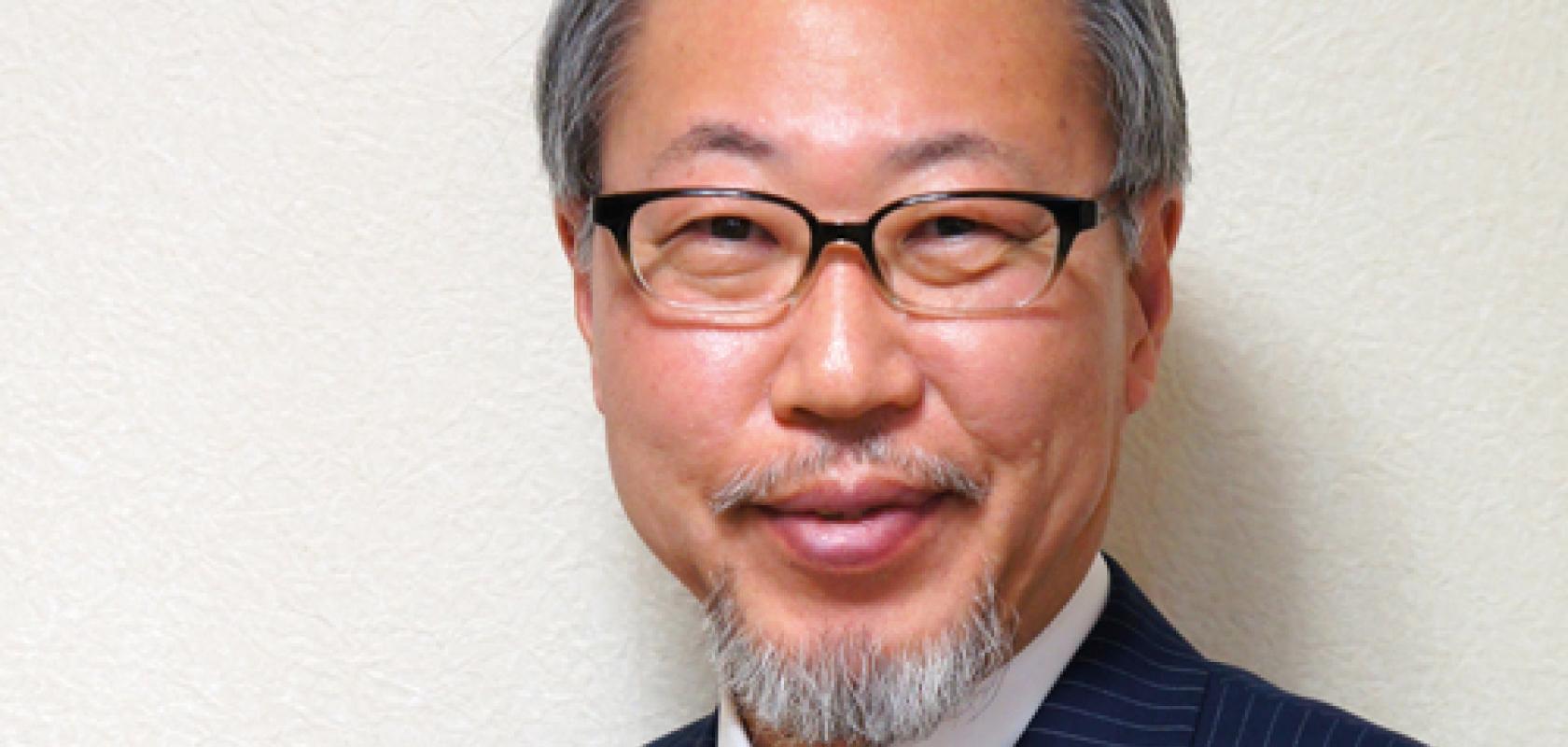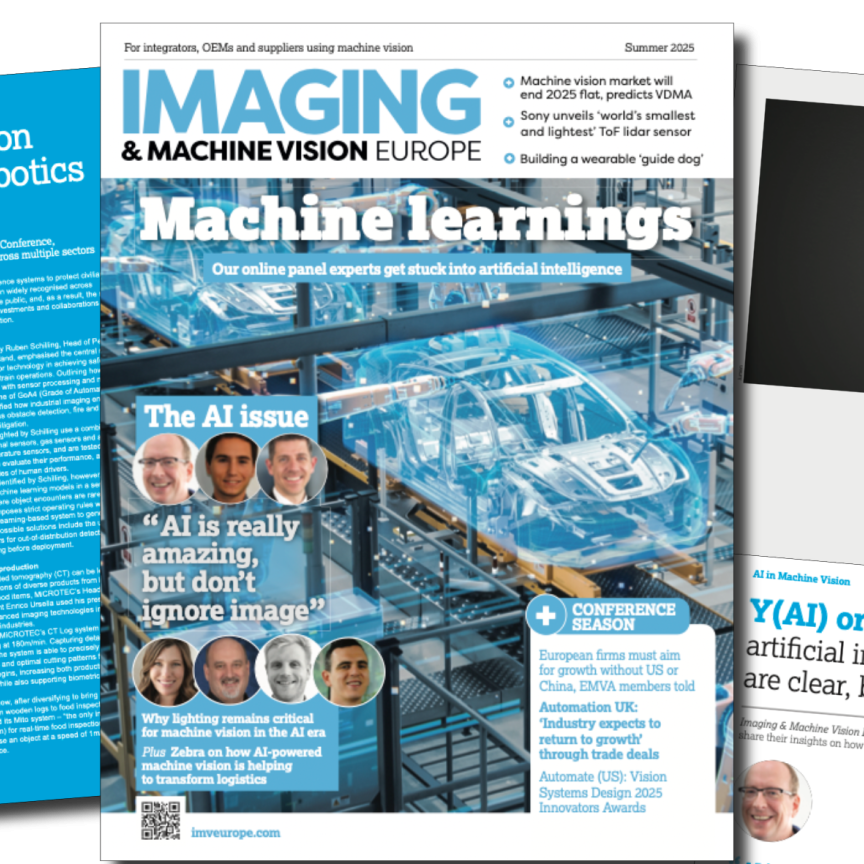How did you come to be part of the vision industry?
I studied at Kyoto University where I obtained my BSc in 1981. I was a researcher at Hitachi Central Research Laboratory where I developed microcomputers and various system large-scale integration (LSI) devices for 15 years.
After that, I became a priest and studied Buddhism for five years, because I wanted to obtain the essence of the physics of this world. Buddhism finishes explaining the essence of the world we live in logically.
After secularisation, I joined illumination company CCS and worked to establish the lighting technology that was authorised as the first global standard of lighting through the Japan Industrial Imaging Association (JIIA) in 2011. In June 2014, I left CCS and established Machine Vision Lighting, which became an independent company in July in the same year.
I think that supplying lighting technology to areas directly using machine vision is a really important business and one that is necessary to enlarge the vision market. So I finished my work at CCS and established Machine Vision Lighting to carry out independent work.
For the last 15 years I have also been lecturing on lighting technologies for image processing and machine vision at the Advanced Polytechnic Centre, the Japanese governmental organisation for industrial development.
I am a member of The Institute of Electronics, Information and Communication Engineers (IEICE), The Japan Society for Precision Engineering (JSPE), and the Optical Society of America (OSA). I also served as vice chairman of the Japan Industrial Imaging Association until June 2013, and as chair of the Lighting Working Group and Imaging Technical Committee until April 2014.
I have published multiple articles and books on machine vision illumination. Lighting technology for machine vision and image processing systems is my life’s work.
What role does Japan play in the development of machine vision?
I believe that lighting technology for machine vision and image processing systems originates from Japan. This technology has been shown as a world standard for lighting, JIIA LI-001-2013, which was established in 2011 and revised in 2013.
As for the new lighting technology symbolised in VISA-Method from Japan, I am convinced that it is the saviour of the machine vision market.
What do you see as the major growth sectors in the industry?
I believe that machine vision plays a crucial role in improving processes in manufacturing. I also believe that new lighting technology is the key to making an effective machine vision system. I think the machine vision field will be the driving force of the manufacturing industry.
The importance of Machine Vision Lighting’s new design of illuminating an object, which is different from the conventional lighting method, will be strongly recognised in the near future. The lighting aspect of machine vision is a large part of the visual function.
What technology challenges does the industry face?
The real challenge for an illumination company like Machine Vision Lighting is being able to optimise illumination design for each machine vision system. The light for human vision is just the illumination from a light source, but the light for machine vision is the optimisation of lighting design for each vision system. So, Machine Vision Lighting’s new technology is the key to opening up a bright future for the machine vision field.


